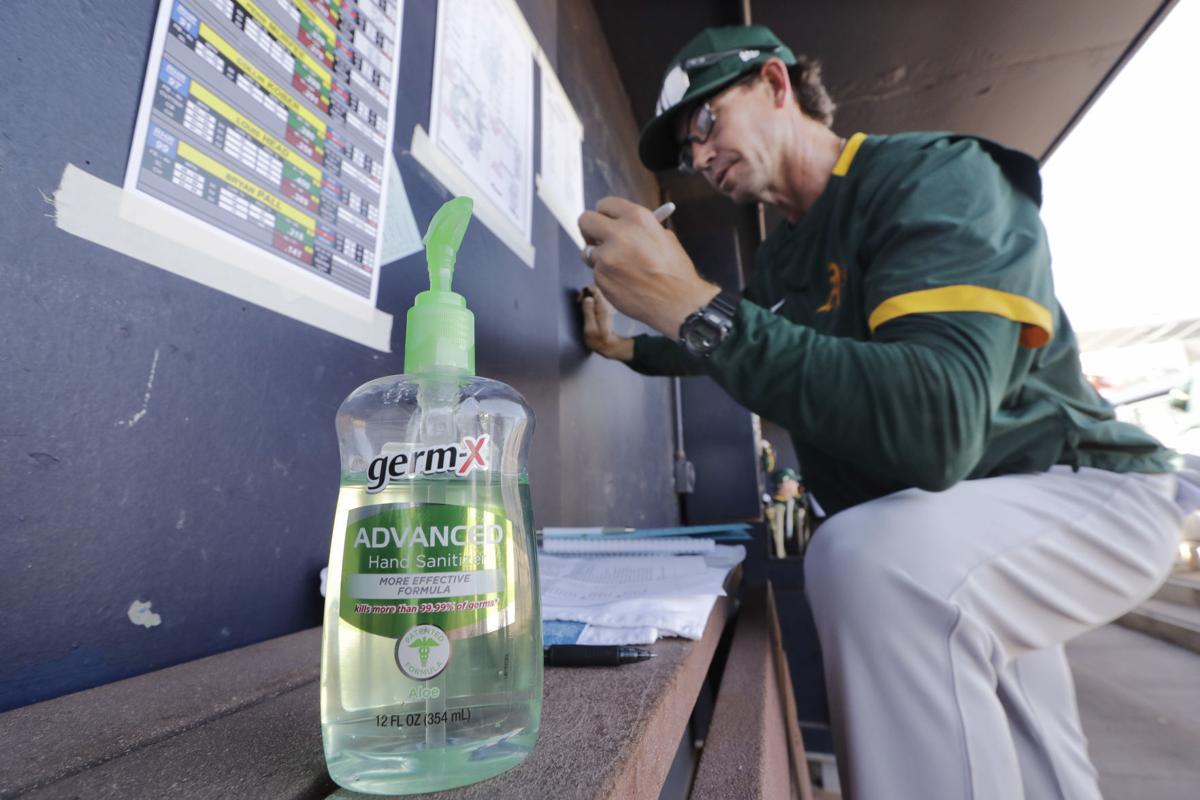
The Classism of a Ruthless Virus
Of the teams, the Los Angeles Angels had the highest percentage of people who tested positive for the antibodies, at 3.25%, followed by the New York Mets, at 2.61%. However, nearly 70% of those with the antibodies had no symptoms, and only a few exhibited symptoms such as fever, headache or loss of smell or taste. In other words, almost all of them were healthy. This data will, without a doubt, bolster those in the league who are discussing starting a new season, as sports media outlets have reported favorably on the study’s results.
Nevertheless, in a conversation at the Hoover Institution, Professor Bhattacharya could not conceal his concern. “The data reveals a lot of bad news,” he said.*
First, after two or three months of the virus wreaking havoc, the unemployment rate quickly skyrocketed; still, only 0.7% of those in the research group had become infected. That means that the pandemic still has a lot of room to expand. A more serious issue is that the data proves that the infection rate is severely disparate across different levels of society. The study participants were all middle to high-income earners: mostly full-time MLB employees, along with a few players and coaches. Low-wage stadium workers were not included; many of these low-income positions are outsourced and are not part of the league. In New York City, for example, the infection rate of residents has reached 25%, which is 10 times the average of the rate of the Mets and the Yankees. The San Francisco Giants and the Los Angeles Dodgers also had significantly lower rates than their respective cities.
Among the almost 6,000 research subjects, 80% were white and 95% were younger than 65 — a population makeup that is unique and therefore produced such surprising results. As research focusing on the pandemic among different levels of society increases, the situation is becoming increasingly clear: even though the virus is indiscriminate, low-income earners and people of color are the ones who are impacted the most. After the virus spread, if low-income earners didn't venture out to earn a living, they wouldn’t even have enough food to eat, not to mention the resources needed to isolate at home. A long-term lack of health care means they already have health issues, making it easier for the illness to become more serious after they are infected. And add to that the general lack of health insurance, which prevents them from seeking medical care, and their fatality rates are higher than average.
The Atlantic recently published a powerful article, “The Coronavirus Was an Emergency Until Trump Found Out Who Was Dying.” The author pointed out that while people of color in the middle and lower classes are being affected by the pandemic the most, since these groups are not strong Republican voters, U.S. pandemic prevention policies have begun to shift. According to conservative supporters who advocate ending stay at home orders, “you people” are susceptible to infection, so just take precautions. Going out is “our” freedom. You, who are scared of dying, shouldn’t hamper the rights of others, while we are so unafraid that we don’t even need to wear face masks. A society that was initially united in preventing the pandemic has been beaten back to previous division by the reality of the data. Turns out, even viruses are classist.
In the face of these extreme research results, Professor Bhattacharya believes the effect of poverty on the middle and lower classes is no less than that of the pandemic. Since long-term isolation at home is not the solution, the government should invest more resources in society’s weakest links when gradually reopening, such as older populations, nursing homes and low-income households. Asked whether the MLB should begin its season, Bhattacharya responded, “I mean, no one’s asked me that question.” Seriously, even though baseball is such an important part of American life, at a time when living well is a struggle, not everyone has the luxury to care.
The author is a sports writer.
*Editor's note: Although accurately translated, this quote could not be sourced.

